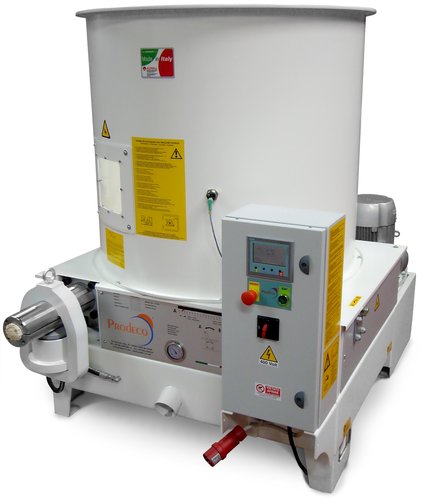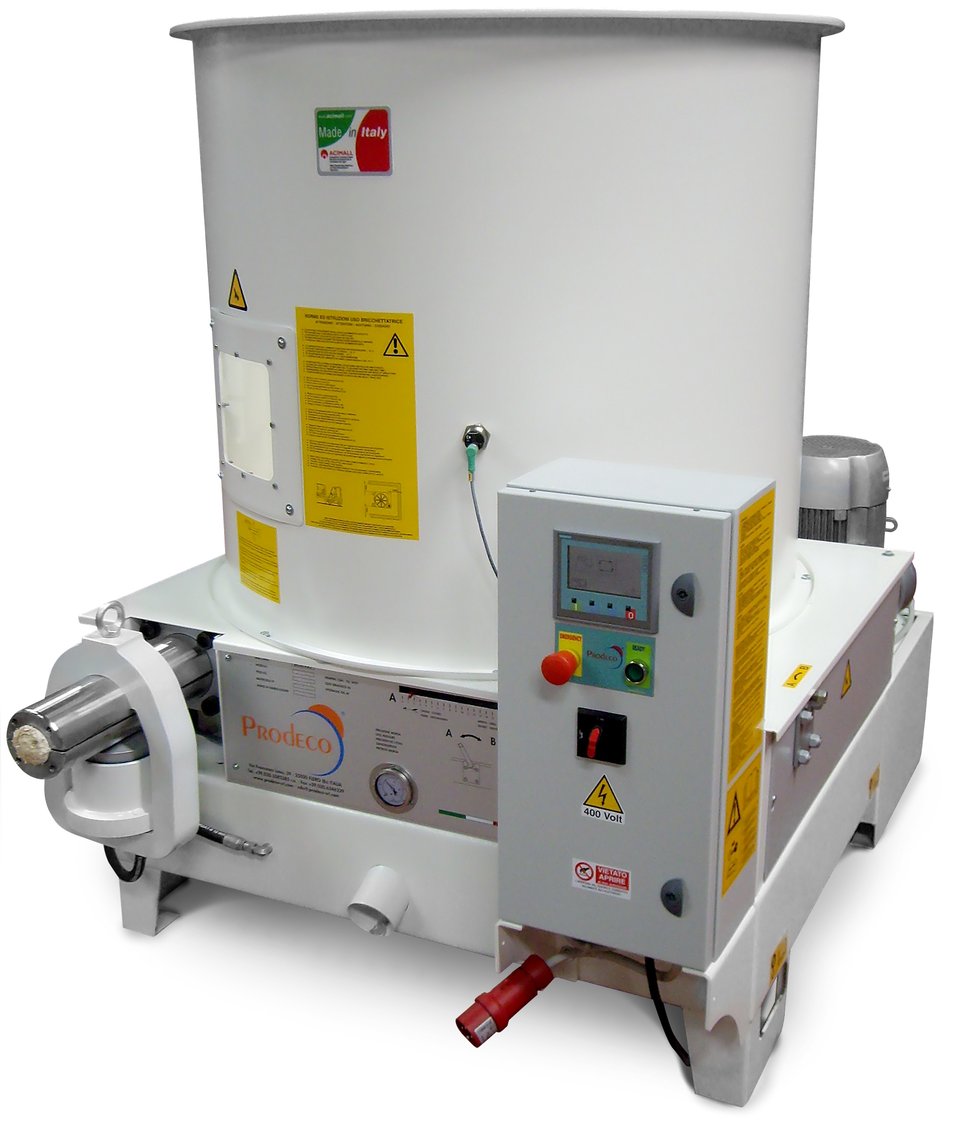Information
A few facts in briquetting;
- All briquetting machines work on a given number of compression cycles per minute and therefore the output is always dependent upon the material being briquetted, so the denser the material, the higher the output.
- Where there is energy used to compact material, another energy is generated this being in the form of heat and depending upon the useage of a machine, a coolant may be required.
- Briquettes are held together without the need of any additives being introduced and are suitable for most shavings and sawdust produced from joinery companies and furniture makers as the ideal moisture content needs to be between 8 and 14%
- The 'solidity' of a briquette varies from machine to machine, some are more crumbly than others be aware of this if they are to be bagged and sold.
- Always assess for yourself the level of output and the quality of briquette by seeing one working using an example of the waste you are looking to convert
- Choosing the correct machine can be quite easy, all you need to know is the average amount of sawdust/shavings you produce on a weekly basis, this can be by volume or typically the number of waste sacks (these are normally 500mm diameter x 1000mm long) and the type of material, namely hardwood or softwood or roughly what percentage of each
- A briquetter can reduce operating costs for companies currently sending their waste to landfill and further reduce operating costs if the briquettes are used as a heat source through wood burning space heaters.
- Briquettes can also be the source of additional revenue with a 10 kg bag usually selling around £3.50 , so for a machine producing 60Kg/hour, 8 hours/day would equate to 240 bags/ week i.e. £840/week or over 12 months (based on 48 working weeks) £40,320 per annum...!! (one of our customers reported a payback time of just 6 months..!)
- Briquettes have a calorific value between 3,500 and 3,800 Kcal/Kg
- Materials that can be briquetted include, wood waste, cork dust, bark, polystyrene, polypropylene, polyurethene, rubber, fabrics, paper, cardboard etc
Briquetter press models are suitable for compacting various materials such as light and heavy saw dust; min-max moisture 8-14%, cork dust, bark, off-cuts of natural fibre, etc. Waste material from the workshop floor can be re-cycled into a profitable material helping the environment and lowering carbon footprint.
The latest series of briquetting machines are now equipped with a Siemens touch screen interface throughout the range.
Briquetter machine sizes range from:-:
| Model | E55 | E60 ECO | E60 | E60 Super | E70 ECO | E70 | E80 |
| Diameter of briquette (mm) | 55 | 60 | 60 | 60 | 70 | 70 | 80 |
| Diameter of hopper (mm) | 1,000 | 1,000 | 1,000 | 1,000 | 1,000 | 1,200 | 1,200 |
| Motor Size (HP) | 7.5 | 7.5 | 7.5 | 10 | 10 | 12.5 | 15 |
| Productivity (material dependent) (Kg/h) | 15-60 | 15-70 | 25-80 | 40-100 | 50-120 | 70-140 | 80-210 |
| Presuure of compaction (kg/cm2) | 850 | 600 | 900 | 900 | 700 | 1,000 | 760 |
| Size Length x Width x Height (mm) | 1,700 x 1,170 x 1,510 | 1,700 x 1,170 x 1,510 | 1,850 x 1,170 x 1,510 | 1,850 x 1,170 x 1,510 | 1,850 x 1,170 x 1,510 | 2,100 x 1,340 x 1,600 | 2,100 x 1,350 x 1,600 |
| Weight (kg) | 600 | 650 | 730 | 770 | 770 | 1,300 |
1,450 |
FEATURES:
- Hydraulic Machine.
- 7 cycles/min.
- 3 cylinders.
- 1 vice without spacers.
- Timed pre-heating device for operating in cold climates.
- Double manometer for vice pressure control.
- Tapping head.
- Viewing window in hopper.
- Load level detection sensor for automatic working cycle.
- Probe for the level of the oil.
- Power panel with PLC.
- Voltage 400V 50Hz.
- Use and maintenance manual.
- Service Keys.
Options
- Coolng devices for extended running times
- Automatic bagging carousel
- Refiner for breaking down large chippings
- Additional hopper


